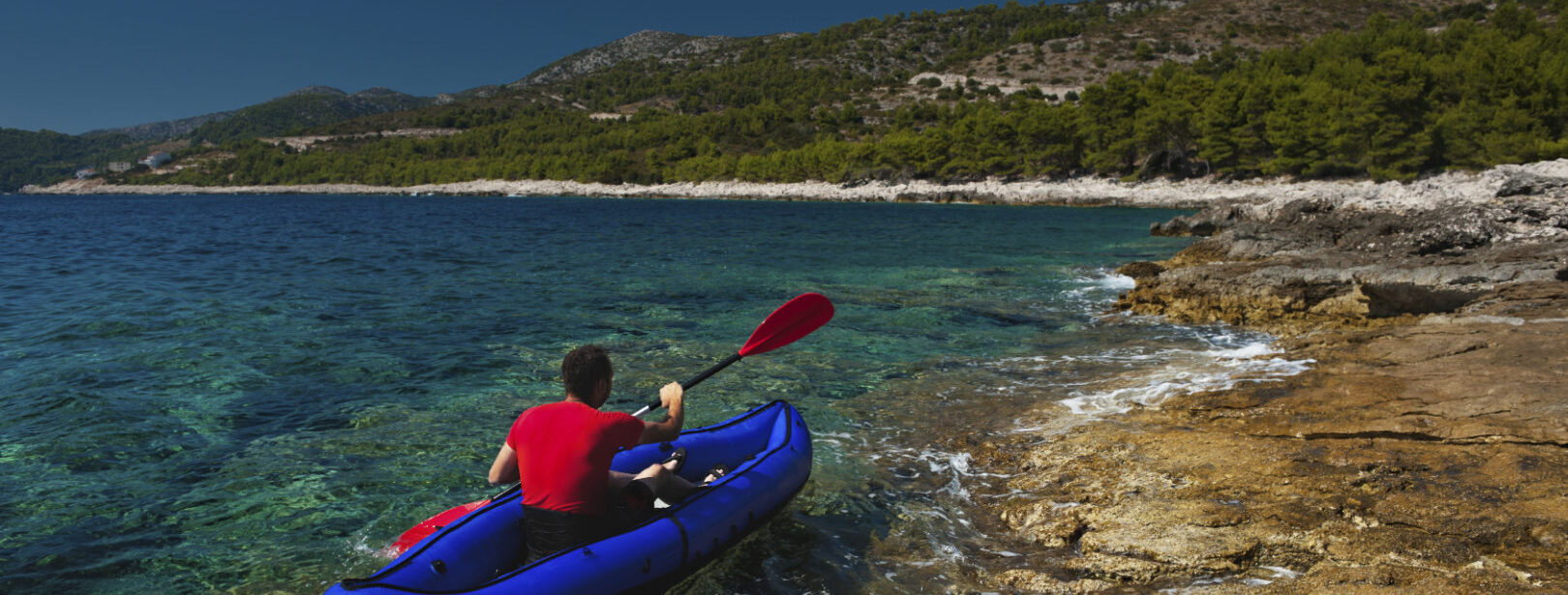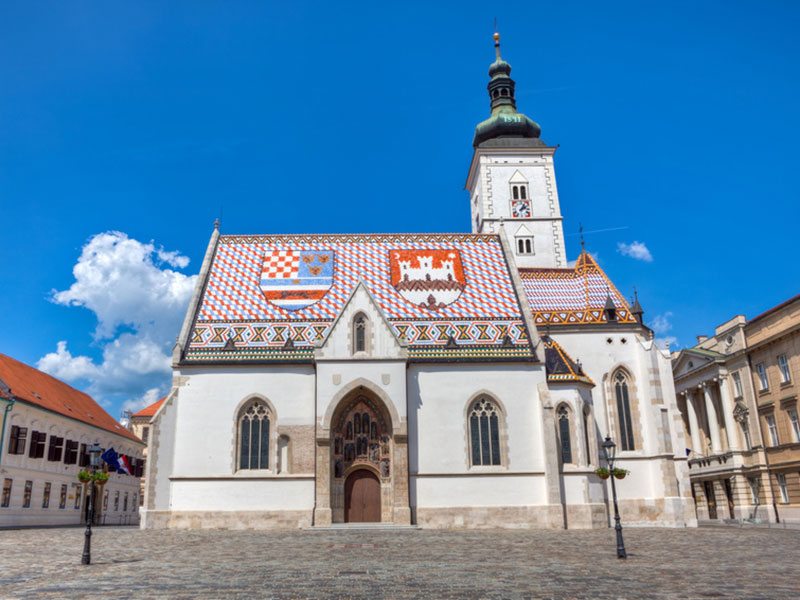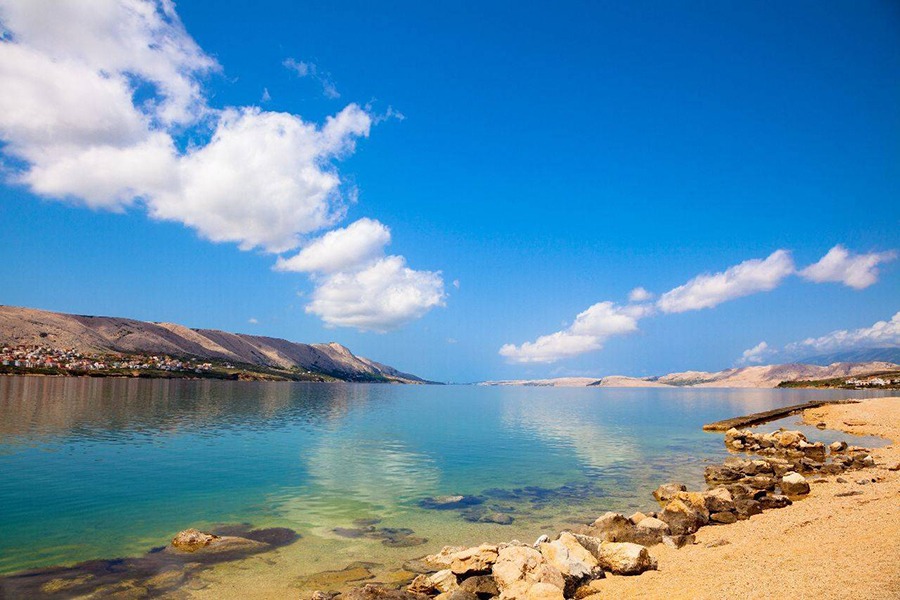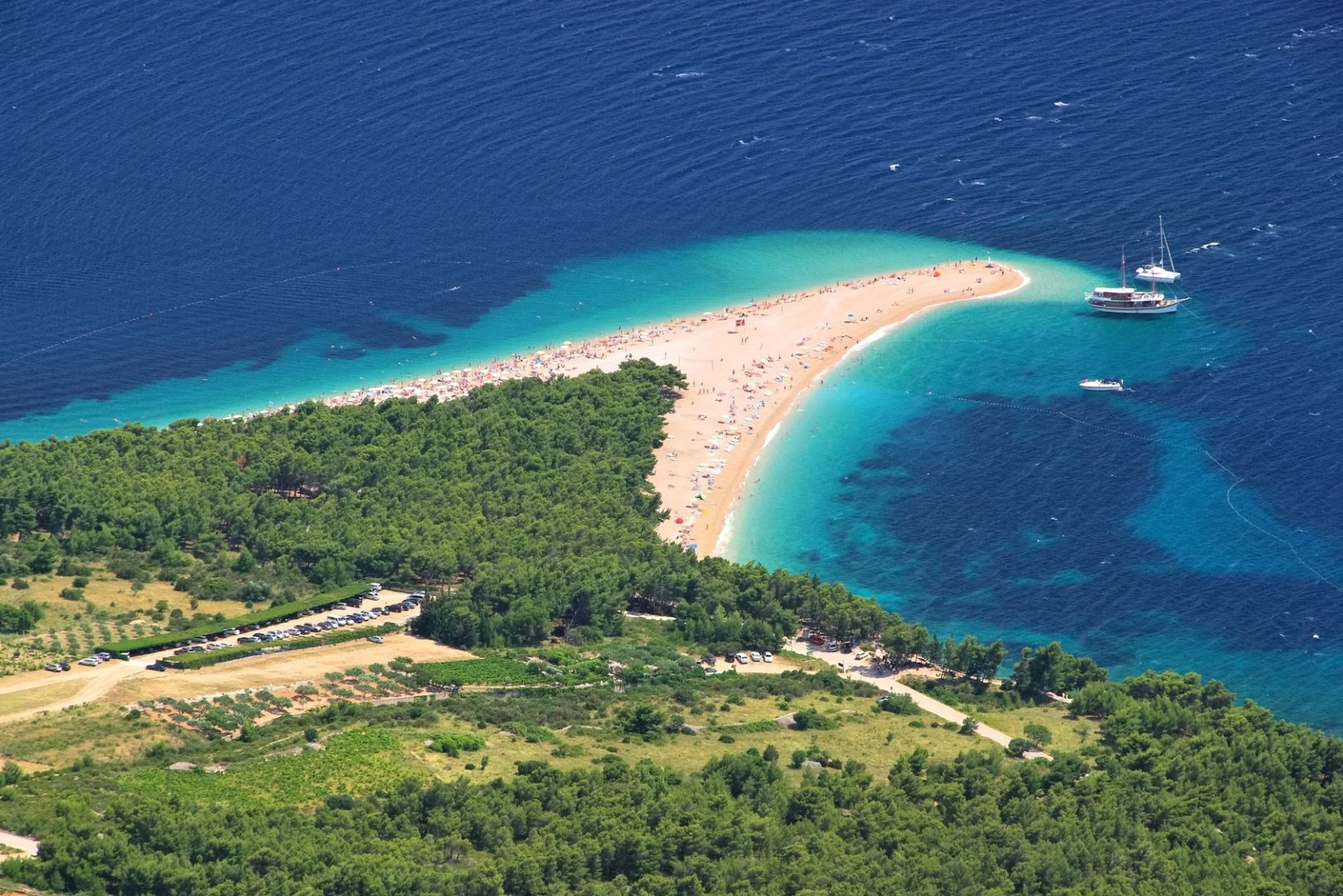Zagreb
The northwestern capital of Croatia and its largest city, Zagreb is best known for its historical architecture in its cathedrals, places, and towers.
Plitvice Lakes National Park
Plitvice Lakes National Park is Croatia’s best known national park and the only one of eight that is listed on the UNESCO List of World Heritage sites. The main attractions of this park, unique in the world, are the 16 small lakes joined by waterfalls created by the sedimentation of travertine, a special type of limestone. This national park encompasses the source of the river Korana, located in the area surrounded by dense forests of beech, fir and spruce. There are also several caves in the park, as well as springs and flowering meadows.
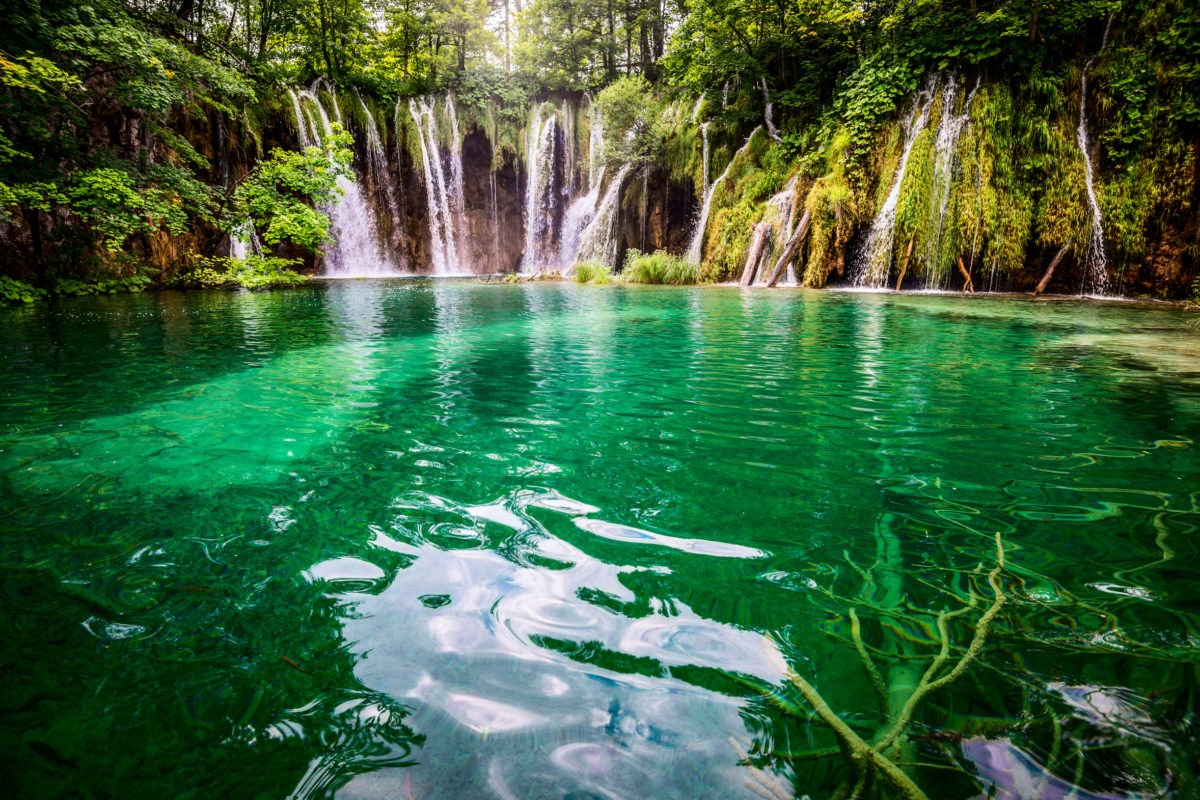
Plitvice
Island Rab
A beautiful Croatian island in the Adriatic Sea, Rab is a scenic escape covered in an array of beaches: sandy, rocky, gravel, and everything in between.
Island Pag
The island of Pag is known as one of the sunniest islands in the Adriatic, with over 2,500 hours of sunshine per year, its coast is woven of even 270 km of pebbly beaches with crystal clear sea. Among more than a thousand islands in the Adriatic, Pag is quite different from the others; the armor of stone hides away the richness that hardworking hands of islanders were creating for centuries, always struggling much more than others.
Krka National Park
The main attraction of Krka National Park lies in its seven waterfalls. The widest of these is Roški slap, although Skradinski buk is the biggest and most well-known.
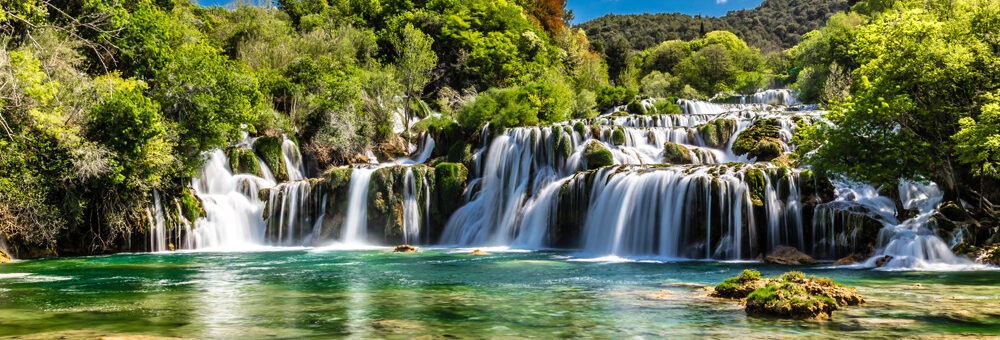
Beautiful Skradinski Buk Waterfall In Krka National Park – Dalmatia Croatia, Europe
Split
Split, a town on Croatia’s Dalmatian Coast, is the second-largest city of Croatia and the largest city of the region of Dalmatia. It lies on the eastern shore of the Adriatic Sea, centered on the Roman Palace of Emperor Diocletian. With enough history to warrant it’s own extended visit, many visitors use Split as a base to explore the surrounding Dalmatian Islands.

Split
Hvar
Hvar is a city and port on the island of Hvar, part of Split-Dalmatia County, Croatia. The municipality has a population of 4,251 while the city itself is inhabited by 3,771 people, making it the largest settlement on the island of Hvar.
Vis Island
The island of Vis was once a strategic naval Yugoslav base and closed to the public. Due to this isolation, Vis has a special charm – “the Mediterranean as it once was” – making it really interesting to visit. Situated on the northern side of the island, Vis has developed near the remains of the ancient Issa, first urban center in Croatia.
Dubrovnik
Walls are built to protect treasures, and, in Dubrovnik, this is particularly accurate, with 1,940 meters of stone surrounding one of the world’s most beautiful cities. As George Bernard Shaw stated: “If you want to see heaven on Earth, come to Dubrovnik”. “The Pearl of the Adriatic” has captivated and seduced kings and artists for centuries with its immaculate medieval architecture.
Konavle
Framed by the southern mountains of Herzegovina and Montenegro, its small population lives in some 32 picturesque villages scattered across this southeastern tip of Croatia.



 English
English French
French
